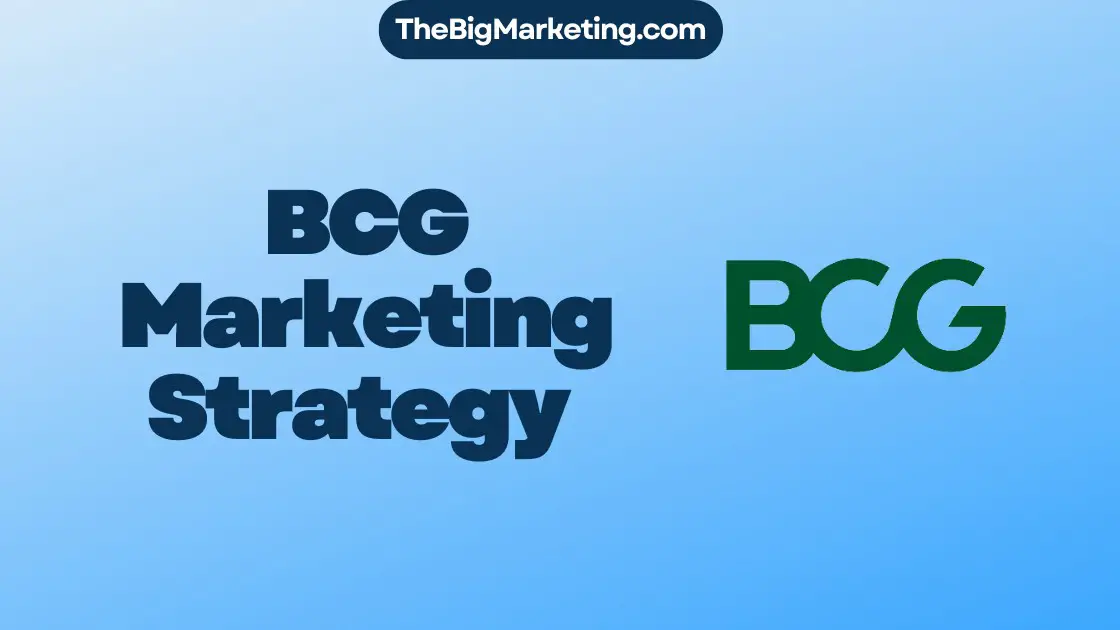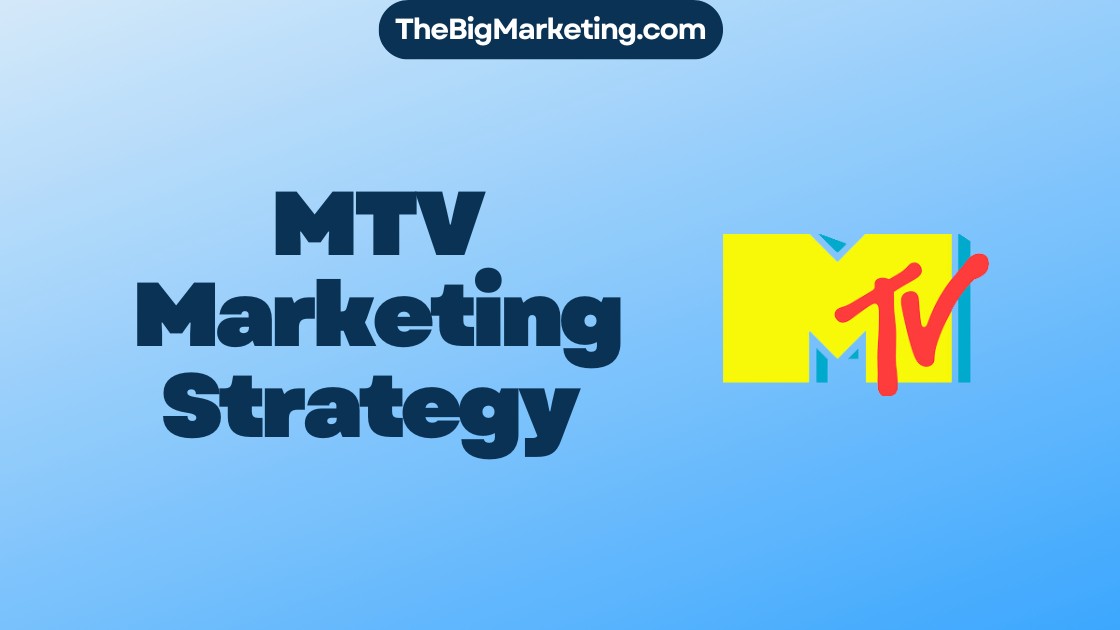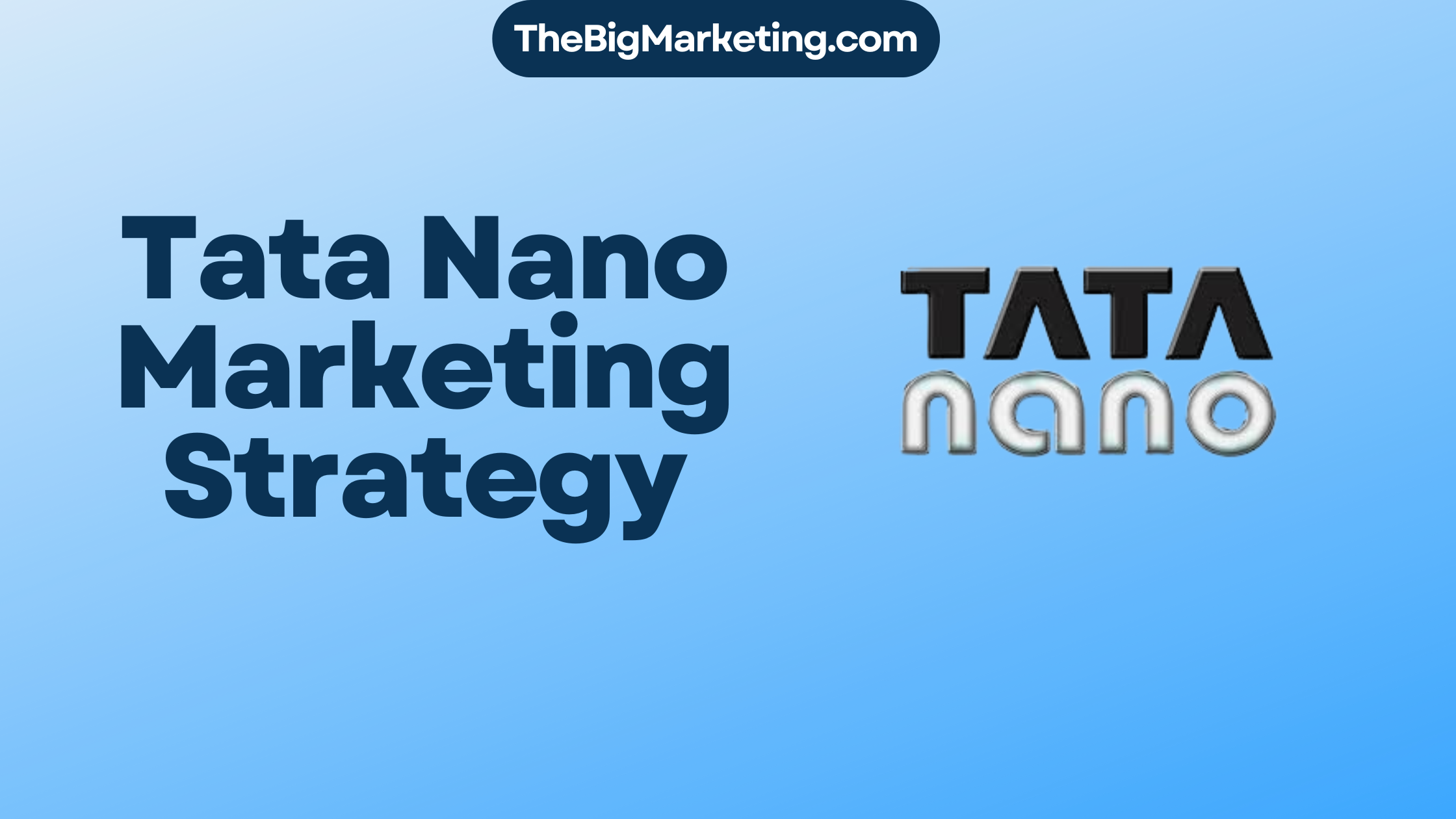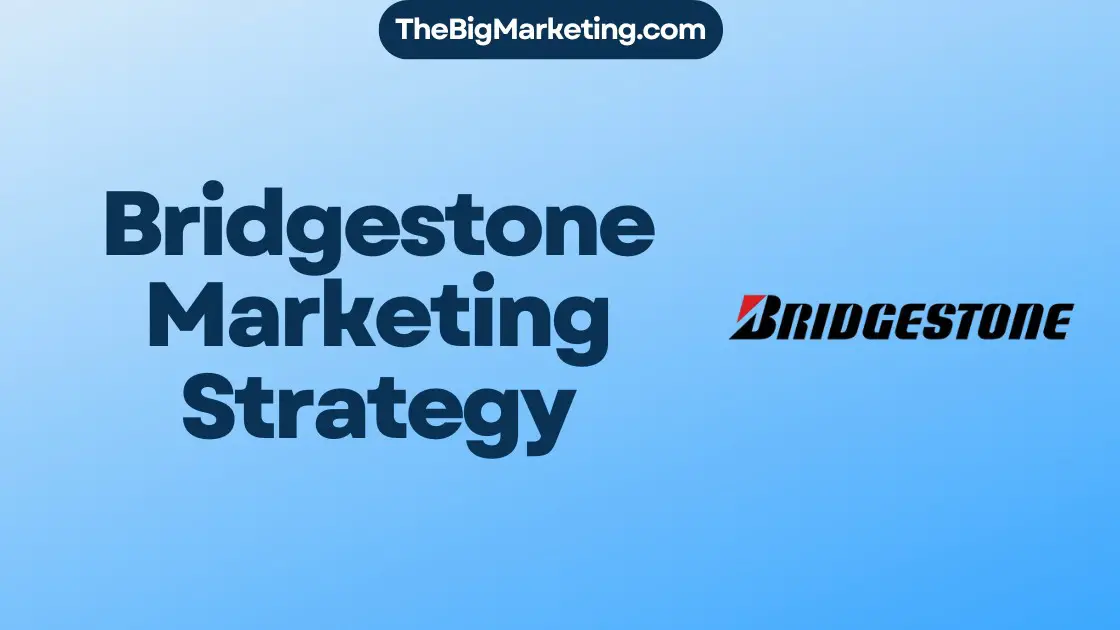Visual marketing involves using images, videos, and other multimedia content to strengthen your brand and communicate with your target audience. In today’s digital age, visual marketing has become essential as people are more likely to remember information presented visually than through text alone. It can enhance brand awareness, increase engagement, and improve marketing performance. Various types of visual marketing content, such as images, videos, infographics, presentations, quotes, and memes, can be utilized to convey your message effectively.
Key Takeaways:
- Visual marketing involves using images, videos, and multimedia content to communicate with your audience.
- Visual marketing is essential in today’s digital age as people remember visual information better.
- Visual marketing can enhance brand awareness, increase engagement, and improve marketing performance.
- Types of visual marketing content include images, videos, infographics, presentations, quotes, and memes.
- Using visual marketing effectively can help strengthen your brand and resonate with your target audience.
The Power of Visuals in Marketing
In today’s digital age, visual marketing has become a powerful strategy for capturing attention and creating a lasting impact. The power of visuals in marketing cannot be understated, as people are more likely to remember information presented visually compared to plain text. Visuals have the ability to tell a story and establish an emotional connection with your audience, making them an essential component of successful brand marketing.
When incorporated into your marketing materials, visuals can make your brand more memorable and distinct from your competitors. They have the potential to strengthen your brand’s narrative and resonate with your target audience on an emotional level. By leveraging the power of visual storytelling, you can create a deep and meaningful connection with your audience, fostering loyalty and engagement.
The use of visuals in marketing goes beyond static images. It encompasses a wide range of multimedia content, including videos, infographics, and dynamic presentations. The goal is to leverage visual elements that align with your brand’s identity and effectively communicate your message.
Visuals have the capacity to convey complex concepts in a simple and visually appealing manner. They can simplify information and enhance comprehension, ultimately leading to increased engagement and better understanding of your brand. Whether it’s a captivating video advertisement or an eye-catching infographic, visuals have the power to leave a lasting impression on your audience.
When implementing visual marketing strategies, it’s crucial to maintain consistency across different channels and touchpoints. By ensuring that your visual content is aligned with your brand’s identity, you can establish a cohesive and recognizable image that resonates with your audience.
In conclusion, the power of visuals in marketing cannot be ignored. By incorporating visual elements into your marketing strategy, you can create a strong emotional connection with your audience and differentiate your brand in a crowded marketplace. Visual storytelling has the potential to captivate, engage, and leave a lasting impact on your target audience.
How to Use Images & Videos to Promote Your Brand
Images and videos are powerful tools for promoting your brand and capturing attention. They offer a visually compelling way to communicate your brand’s message, create emotional connections, and resonate with your audience. When using images and videos to promote your brand, it’s important to consider the following:
- High-Quality Visuals: Use high-quality images and videos that align with your brand’s identity. Visuals that are well-crafted and visually appealing can leave a lasting impression on your audience.
- Consistent Visual Branding: Maintain consistency with your visual branding across different platforms. This includes using consistent colors, fonts, and styles to reinforce your brand’s identity and create a cohesive visual experience for your audience.
- Utilize Platforms: Take advantage of platforms like YouTube and Instagram to showcase your visual content and reach a wider audience. These platforms provide opportunities for your brand to gain visibility and attract new followers.
- Paid Advertising: Leverage paid advertising opportunities on social media platforms to amplify the reach of your visual content. This can help increase brand exposure and attract more potential customers.
- Utilize New Features: Stay updated with new features on social media platforms and incorporate them into your visual marketing strategy. For example, Instagram Reels can be used to create engaging short videos that promote your brand and capture the attention of your audience.
By incorporating images and videos into your brand promotion strategy, you can effectively engage your audience, convey your brand’s story, and create a strong emotional connection with your target market.
The Benefits of Visual Marketing
Visual marketing offers numerous benefits for businesses. By incorporating visual content into marketing strategies, companies can enhance readability, increase online engagement, amplify brand awareness, and improve marketing performance.
Enhanced Readability
The human brain processes visual data much faster than text, making visual content a powerful tool for capturing and retaining audience attention. Incorporating visual elements such as images, videos, and infographics into marketing materials can effectively convey complex information in a clear and concise manner, enhancing overall readability.
Increased Online Engagement
Social media posts that include visuals consistently receive higher levels of engagement compared to those without visuals. Visual content, such as eye-catching images or compelling videos, attracts users’ attention and encourages them to like, share, and comment, leading to increased online engagement. Engaged audiences are more likely to become loyal customers and brand advocates.
Enhanced Brand Awareness
Visuals in search results and social media feeds can significantly enhance brand awareness. Eye-catching images or videos related to a brand can immediately grab attention, creating a lasting impression in the minds of viewers. Visual content that aligns with a brand’s identity helps establish a recognizable and memorable presence, increasing the likelihood of people considering a product or service.
Improved Marketing Performance
Visual marketing delivers stronger marketing performance by conveying professionalism and expertise. When businesses incorporate visually appealing content into their marketing strategies, they demonstrate a commitment to high-quality communication. Visual content can evoke emotions, generate interest, and establish credibility, all of which contribute to improved marketing performance and better outcomes.
Overall, visual marketing is a valuable strategy that businesses can leverage to enhance readability, increase online engagement, boost brand awareness, and improve marketing performance. By utilizing visually appealing content in their marketing efforts, companies can effectively connect with their target audience, stand out from competitors, and achieve their marketing goals.
What Are the Types of Visual Marketing Content?
Visual marketing encompasses various types of content that businesses can leverage to engage their audience and promote their brand. By utilizing these different formats, companies can effectively communicate their message and capture the attention of their target market.
Images
Images are a crucial component of web design and visual marketing. They have the power to instantly captivate and convey information. High-quality and compelling images can effectively grab the viewer’s attention, ensuring that they stay engaged with your content.
Videos
Videos are an excellent tool for visual storytelling and showcasing products or services. They allow businesses to communicate complex ideas in a visually appealing and easily digestible format. Companies can create engaging videos that resonate with their audience, helping to build brand awareness and drive conversions.
Infographics
Infographics combine text and visuals to deliver complex information in a concise and shareable format. They are highly effective at presenting data and statistics in a visually engaging manner. Infographics are popular for social media sharing and can quickly capture the attention of users, making them an ideal visual marketing tool.
Presentations
Presentations are a versatile form of visual marketing content that allows businesses to convey a lot of information while maintaining brand identity. Presentations can be used for sales pitches, webinars, or educational purposes, providing an opportunity to showcase expertise and connect with the audience.
Quotes
Quotes are a powerful form of visual content that can inspire and resonate with audiences. By pairing meaningful quotes with eye-catching designs, businesses can create shareable and engaging content that strengthens their brand identity.
Memes
Memes are a popular form of visual content that can entertain and engage audiences. They often leverage humor to convey messages and create a sense of relatability. Memes can be highly shareable on social media platforms, helping businesses to reach a wider audience and increase brand visibility.
By incorporating these different types of visual marketing content into their strategies, businesses can effectively communicate their brand message, capture their target audience’s attention, and build a strong visual identity.
| Type of Visual Marketing Content | Description |
|---|---|
| Images | Crucial for web design; captures attention and conveys information. |
| Videos | Allows for visual storytelling and showcasing products or services. |
| Infographics | Combines text and visuals for concise and shareable information delivery. |
| Presentations | Conveys a lot of information while maintaining brand identity. |
| Quotes | Inspiring visual content that resonates with audiences. |
| Memes | Entertaining and relatable visuals that can reach a wider audience. |
What Are the 10 Best Practices in Visual Marketing?
To succeed in visual marketing, it’s important to follow best practices. By aligning visual and text elements, businesses can ensure a cohesive message that effectively communicates their brand.
One of the key best practices is being helpful to your audience. By providing valuable information through your visual content, you can establish yourself as a trusted resource and build a stronger connection with your target audience.
Staying on brand is another essential practice in visual marketing. Consistency in visual identity and messaging helps reinforce brand recognition and instills trust in your audience.
Clear call-to-actions are crucial in guiding your audience and encouraging them to take the desired action. By incorporating clear and compelling calls-to-action within your visuals, you can increase engagement and drive conversions.
Reposting and repurposing content is a smart strategy to maximize the reach and value of your visual marketing efforts. By sharing your content across different platforms and repurposing it in various formats, you can engage with a wider audience and reinforce your brand message.
By following these best practices in visual marketing, businesses can optimize their visual content to captivate their audience, enhance brand identity, and drive meaningful results.
Why Visual Marketing Has Become Essential
Visual marketing has become increasingly important in today’s digital landscape. With the rise of social media and the increasing use of visuals in online content, businesses are realizing the power of visual communication in capturing attention and engaging audiences.
One of the key reasons why visual marketing is essential is its effectiveness in capturing attention. People are naturally drawn to images and videos, making them more memorable than plain text. In fact, studies have shown that individuals remember up to 80% of what they see, compared to only 20% of what they read or hear. By incorporating visuals into your marketing strategy, you can make a lasting impact on your audience and increase brand recall.
Visuals also play a significant role in engagement. Social media platforms like Instagram and Pinterest rely heavily on visual content, and posts with visuals tend to receive higher levels of engagement compared to text-only posts. Visuals have the power to evoke emotions, tell stories, and create a connection with your audience. By leveraging visual marketing, you can foster meaningful engagement and deepen the relationship between your brand and your customers.
Visual marketing also plays a crucial role in social media marketing. Platforms like Facebook, Instagram, and TikTok are visual-first platforms that prioritize visual content in their algorithms. By incorporating visuals into your social media strategy, you can increase the reach and visibility of your brand, as well as drive higher levels of engagement. Visuals have the ability to capture attention as users scroll through their feeds, making them more likely to stop and interact with your content.
Furthermore, visuals have a significant impact on performance marketing. When individuals search for products or services online, visuals in search results can make a big difference. Listings with visual elements like images or videos are more likely to capture attention and entice individuals to explore further. By incorporating visual elements into your marketing campaigns, you can increase the likelihood of individuals considering your products or services.
In conclusion, visual marketing has become essential due to its ability to capture attention, foster engagement, and drive results in today’s visual-driven digital landscape. By leveraging visuals in your marketing strategy, you can effectively communicate your brand message, engage your audience, and make a lasting impact on your customers.
Visual Marketing in Action: Case Studies
Case studies have consistently demonstrated the immense power of visual content in marketing strategies. These success stories showcase how businesses have effectively leveraged the potential of visual marketing to achieve remarkable results. By incorporating compelling visuals into their campaigns, these brands have experienced increased engagement on social media platforms, reached new audiences, and significantly heightened brand awareness. These case studies serve as a valuable source of inspiration, enabling businesses to understand the true potential and impact of visual marketing when implemented strategically and creatively.
CASE STUDY 1: Boosting Social Media Engagement
One prominent case study highlights the impact of visual content in driving social media engagement for a leading sports apparel brand. By consistently publishing visually captivating images and videos featuring professional athletes and their products, the brand witnessed a significant surge in likes, comments, and shares on their social media platforms. The power of visual storytelling strengthened the brand-customer connection, resulting in increased brand loyalty and higher levels of user-generated content.
CASE STUDY 2: Reaching New Customers
Another notable case study showcases the successful utilization of visual marketing to expand the customer base for an e-commerce company. By integrating visually appealing product images and informative videos into their marketing campaigns, the brand attracted a wide range of new customers and enhanced their online visibility. The visually compelling content effectively communicated the brand’s unique value proposition, resulting in increased website traffic and a significant boost in sales.
CASE STUDY 3: Elevating Brand Awareness
A renowned tech company employed visual marketing strategies to elevate brand awareness and stand out in a highly competitive industry. By crafting visually striking infographics and presentations that simplified complex technical topics, the brand successfully captured the attention of their target audience. The visually appealing content, combined with well-aligned brand messaging, positioned the company as an authoritative source of expertise, resulting in increased recognition and trust among consumers.
These case studies highlight the effectiveness and potential of visual marketing in driving tangible business outcomes. By capitalizing on the power of visual content, businesses can transform their marketing efforts and achieve remarkable success in today’s visually-driven digital landscape.
How to Develop a Visual Marketing Strategy
Developing a visual marketing strategy is a crucial step in leveraging the power of visual content to engage your audience and achieve your marketing goals. By following a systematic approach, you can create a strategy that maximizes the impact of your visual assets and ensures consistency across platforms. Here are key steps to develop an effective visual marketing strategy:
- Goal Setting: Clearly define your objectives and what you aim to achieve through visual marketing. Whether it’s increasing brand awareness, boosting online engagement, or driving conversions, setting specific goals will guide your strategy and help measure success.
- Formulating Platform-Specific Strategies: Different platforms have distinct user preferences and behaviors. Tailor your visual marketing strategies to each platform to maximize their effectiveness. For example, Instagram may require more visually compelling content, while LinkedIn might focus on professional and informative visuals.
- Ensuring Consistency in Branding: Consistency in visual branding is crucial to create a cohesive identity for your brand. Use consistent colors, fonts, and design elements across all visual assets. This consistency helps reinforce brand recognition and builds trust with your audience.
- Utilizing User-Generated Content: User-generated content adds authenticity and social proof to your visual marketing efforts. Encourage your audience to create and share visual content related to your brand. This can include customer testimonials, reviews, or user-submitted photos and videos.
By following these steps, you can develop a comprehensive visual marketing strategy that aligns with your goals, resonates with your target audience, and delivers tangible results. Remember to regularly evaluate and adjust your strategy as needed to stay ahead of the evolving visual marketing landscape.
Tips for Creating Strong Visuals
Creating strong visuals is essential in capturing the attention of your audience and leaving a lasting impact. By considering visual composition, lighting, contrast, color choice, and simplicity, you can effectively create visually compelling content that resonates with your target audience.
Visual Composition
Visual composition refers to the arrangement and placement of elements within an image. To create a visually appealing composition, it’s important to have a clear subject and focal point that captures the viewer’s attention. By organizing and positioning elements thoughtfully, you can guide the viewer’s eye and create a visually compelling image.
Lighting
Lighting plays a crucial role in photography and visual content creation. Natural lighting is preferred over artificial lighting or filters as it maintains authenticity and enhances the overall visual quality of your content. Take advantage of natural light sources such as sunlight or well-lit environments to capture your visuals in the best possible light.
Contrast
Contrasting elements can add visual interest and impact to your visuals. By incorporating contrasting colors, textures, or shapes, you can create a sense of depth and make certain elements stand out. Contrast helps to create visual hierarchy and draw attention to key aspects of your content.
Color
Thoughtful color choices can significantly enhance the overall visual aesthetics of your content. The colors you select should align with your brand identity and evoke the desired emotions or associations. Consider the psychological impact of different colors and use color combinations that complement each other to create visually engaging content.
Simplicity
Keeping your visuals simple and easy to comprehend is crucial for maximum impact and effectiveness. Avoid cluttering your imagery with unnecessary elements or overwhelming your audience with too much information. Strive for simplicity and clarity in your visual content to ensure your message is easily understood and memorable.
By incorporating these tips into your visual content creation process, you can create strong visuals that captivate your audience and effectively communicate your message. Remember to consider visual composition, lighting, contrast, color choice, and simplicity to create visually compelling content that leaves a lasting impression.
| Tips for Creating Strong Visuals |
|---|
| Consider visual composition |
| Utilize natural lighting |
| Incorporate contrast |
| Choose thoughtful color combinations |
| Keep visuals simple and easy to comprehend |
Visual Marketing Tools to Enhance Your Strategy
Visual marketing tools are essential for enhancing your marketing strategy and creating impactful visual content. Here are some top tools that can help take your visual marketing efforts to the next level:
Bannersnack
Bannersnack is a versatile tool that allows you to create stunning banners and display ads with ease. It offers a wide range of templates and customization options, making it perfect for creating eye-catching visuals that captivate your audience.
Canva
Canva is a popular graphic design platform that provides a user-friendly interface and a vast library of templates, images, and fonts. With Canva, even those without design experience can create professional-looking visuals for social media, presentations, and more.
Venngage
Venngage is an ideal tool for creating engaging infographics, presentations, and reports. It offers a variety of templates, charts, and icons, allowing you to easily visualize complex information and enhance your storytelling capabilities.
Lumen5
Lumen5 is a video creation platform that transforms text-based content into attention-grabbing videos. Its intuitive interface and AI-driven technology make it simple to assemble engaging videos that resonate with your audience.
Placeit
Placeit is a versatile mockup and design tool that enables you to create realistic product mockups, logos, and social media visuals. It offers a vast collection of templates and easy-to-use customization features, making it an essential tool for branding and marketing purposes.
Utilizing these visual marketing tools can streamline your content creation process, enhance the visual appeal of your marketing materials, and ultimately help you achieve your marketing goals.
Conclusion
Visual marketing is a powerful strategy that allows businesses to engage their audience, strengthen their brand, and drive results. By utilizing images, videos, and other visual content, businesses can effectively communicate their message and captivate their target audience. Visual marketing offers numerous benefits, including enhanced brand awareness, increased engagement, and improved marketing performance.
Following best practices in visual marketing, such as aligning visuals with text, being helpful, staying on brand, and utilizing user-generated content, can further enhance the success of visual marketing efforts. By developing a well-rounded visual marketing strategy and utilizing the right tools, businesses can unlock the full potential of visual storytelling and connect with their audience in a more impactful way.
In conclusion, visual marketing is essential in today’s digital age. It allows businesses to stand out from competitors, convey their message effectively, and leave a lasting impression on their audience. By incorporating visual elements into their marketing efforts, businesses can maximize their reach, engagement, and overall marketing success.






